This post may contain affiliate links. Please read our privacy policy.
Have a recipe that calls for self-rising flour but can’t find it at the store? No problem! Learn how to make self-rising flour with all-purpose flour and two more simple ingredients.
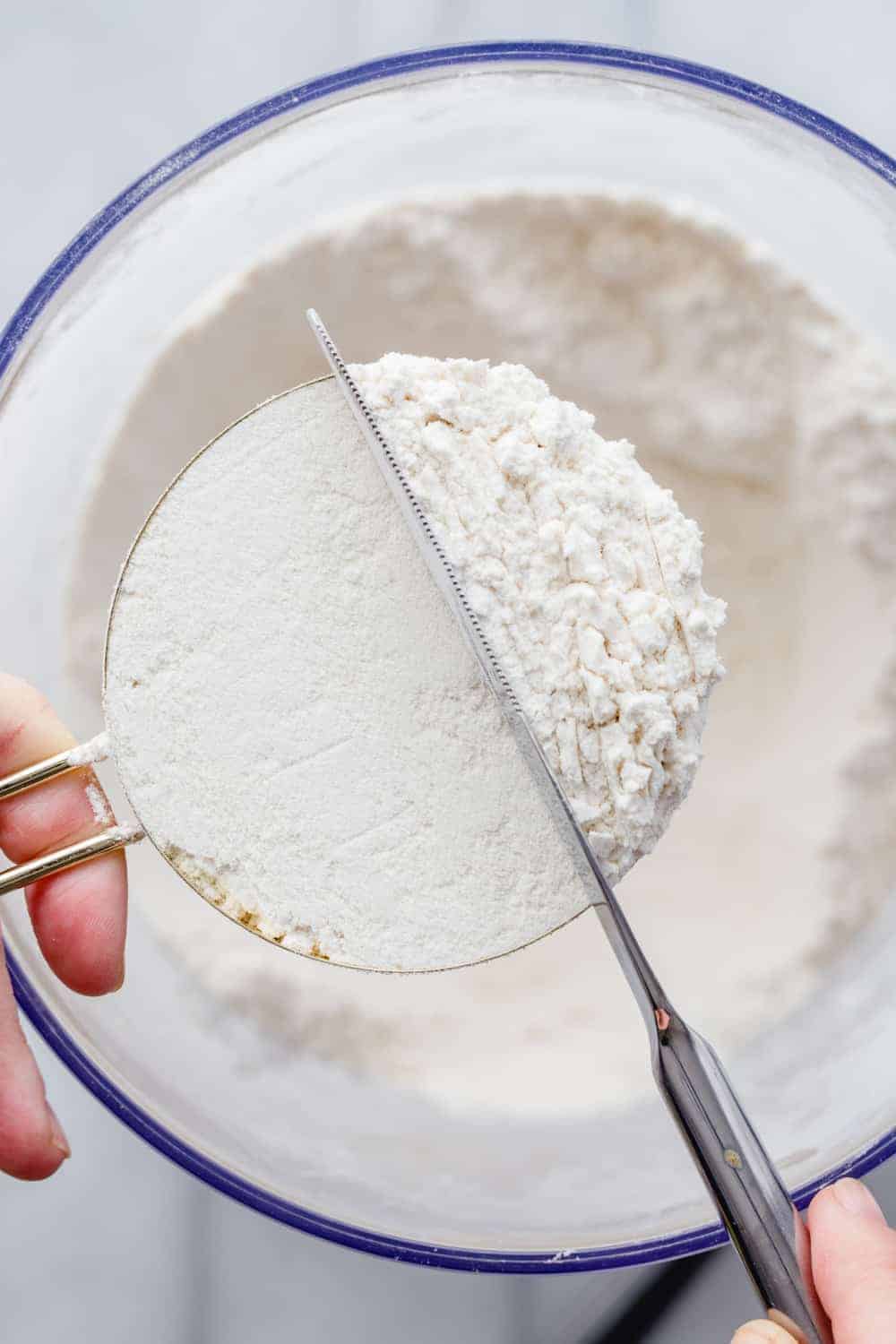
I love having a well-stocked pantry, fridge and baking cabinet.
But no matter how well stocked I keep my kitchen, there are simply times when I need to dig into my bag of tricks and make homemade versions of some ingredients.
I can’t tell you how many times I have needed to whip up some buttermilk substitute or a batch of pumpkin pie spice in the middle of a baking project.
Today I’m back with another helpful baking tip: How to make self-rising flour at home!
Maybe you didn’t realize you were out of self-rising flour until you were halfway through making Beer Bread. Maybe you can’t find it at your store. Or maybe you live outside of the United States and it isn’t readily available to you.
Whichever the case, use this method to mix up as much self-rising flour as you need!
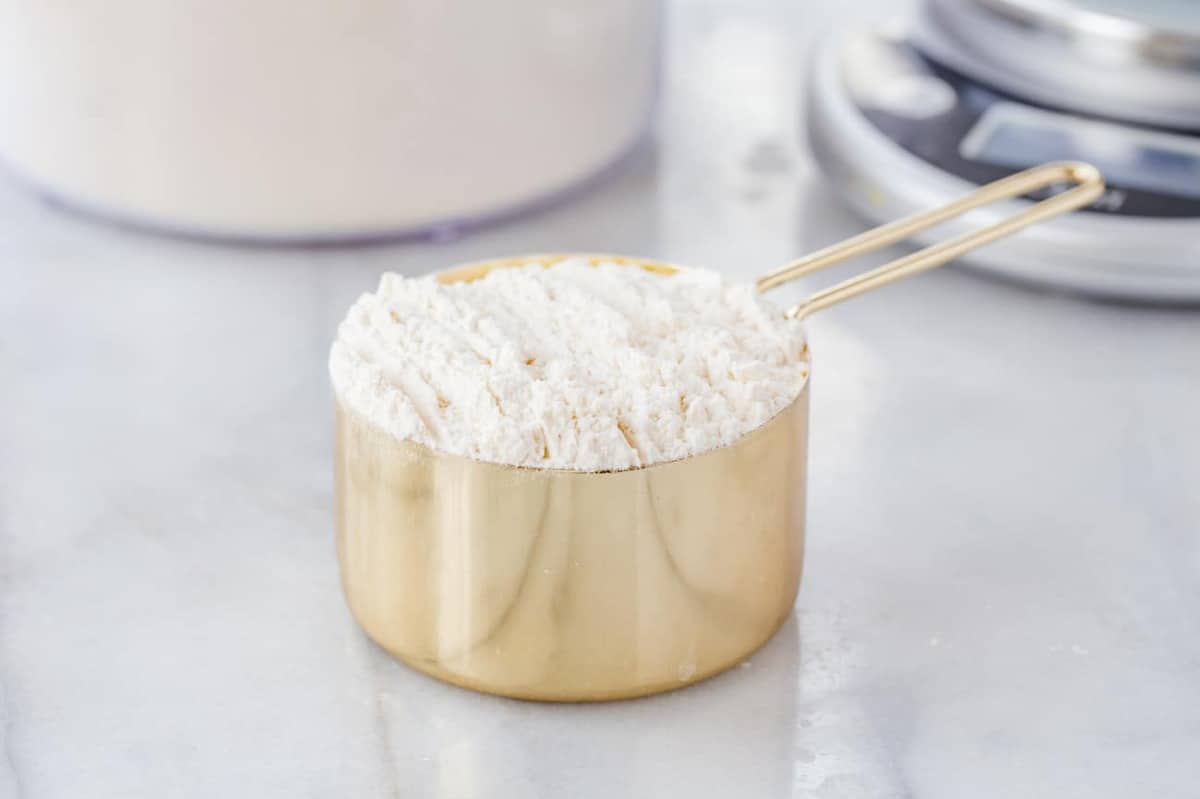
What is self-rising flour?
The simplest description of self-rising flour is flour that has baking powder and salt added to it.
Recipes that call for self-rising flour usually don’t list additional baking powder or salt in the ingredients. In this way, it’s a 3-in-1 ingredient.
Typically, self-rising flour is also made using a slightly lower-protein flour than all-purpose flour. This means that baked goods made with it are usually a little more tender than recipes that use all-purpose flour.
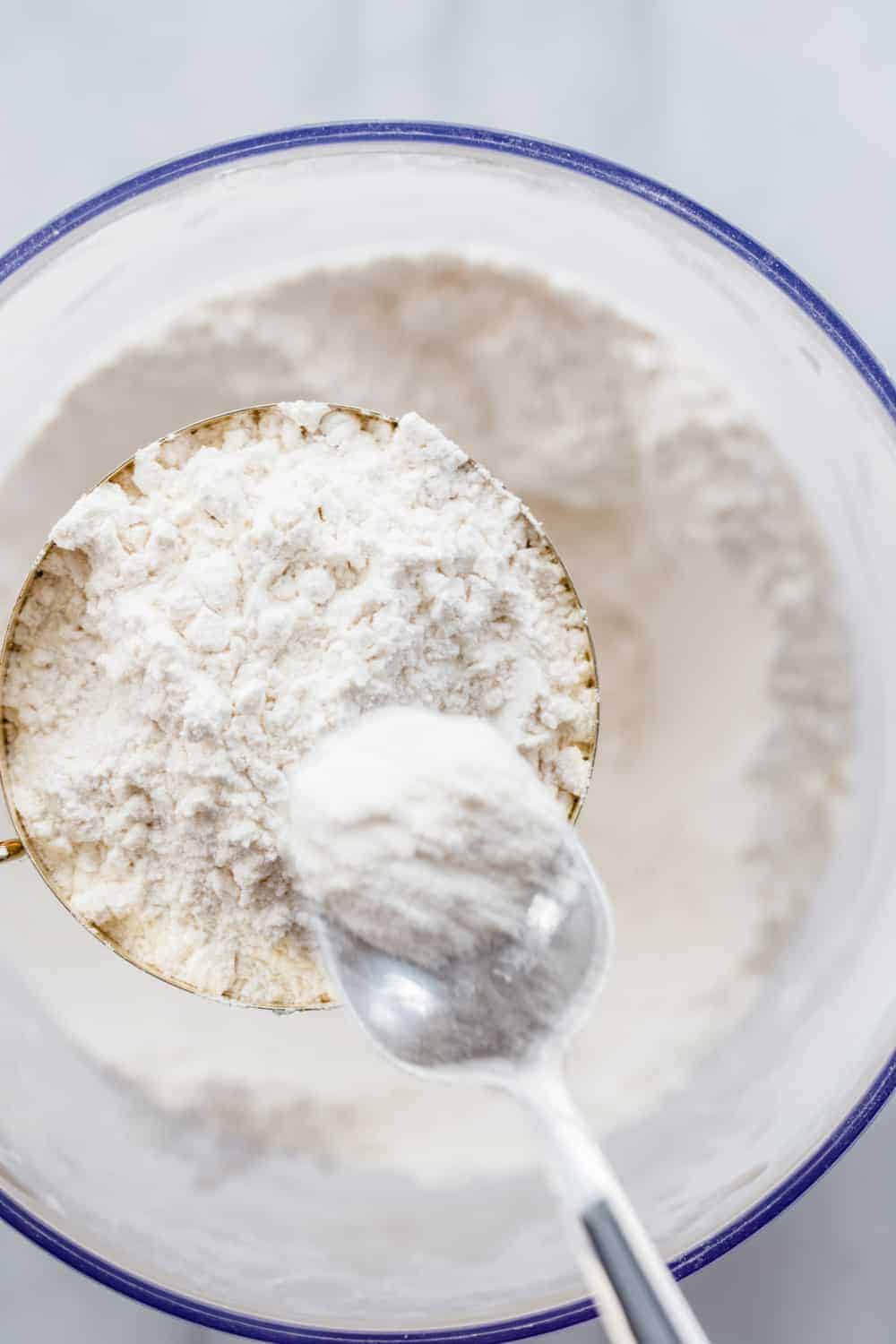
What is self-rising flour used for?
Due to its lower protein content, self-rising flour is often used in recipes such as small-batch cheddar biscuits that benefit from being lighter and more tender.
It is also sometimes used in cake mixes and recipes like pancakes and quick breads.
Self-rising flour should NOT be used in yeast breads. You should also be careful about using it in place of all-purpose flour unless you are prepared to adjust the original recipe to compensate for the additional leavening and salt in the self-rising flour.
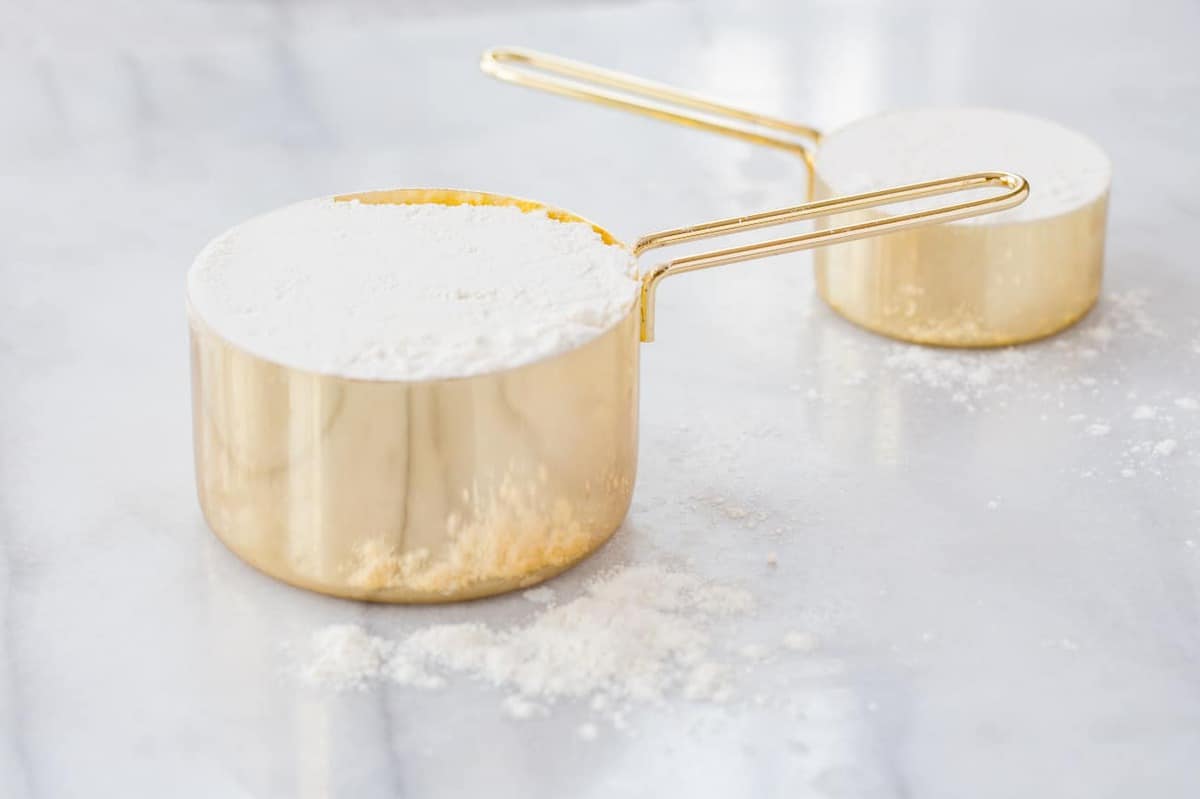
How to substitute all-purpose flour for self-rising flour
So you have a recipe that calls for self-rising flour and all you can find is all-purpose flour. What do you do?
You can easily make a self-rising flour substitute with three simple ingredients:
- All-purpose flour
- Baking powder
- Salt
For each cup of all-purpose flour, you will need 1 ½ teaspoons of baking powder and ¼ teaspoon of salt. Whisk the all-purpose flour, baking powder and salt together until combined, then use as directed in the recipe in place of the self-rising flour.
(Learn how to measure flour to make sure your baking recipes always turn out correctly!)
You can use this method to make the exact amount of homemade self-rising flour that you need for a specific recipe. For example, if a recipe calls for 2 cups of self-rising flour, you would mix together 2 cups of all-purpose flour, 3 teaspoons baking powder, and ½ teaspoon salt.
You can also scale the recipe up to make a larger batch of DIY self-rising flour and store it for later use.
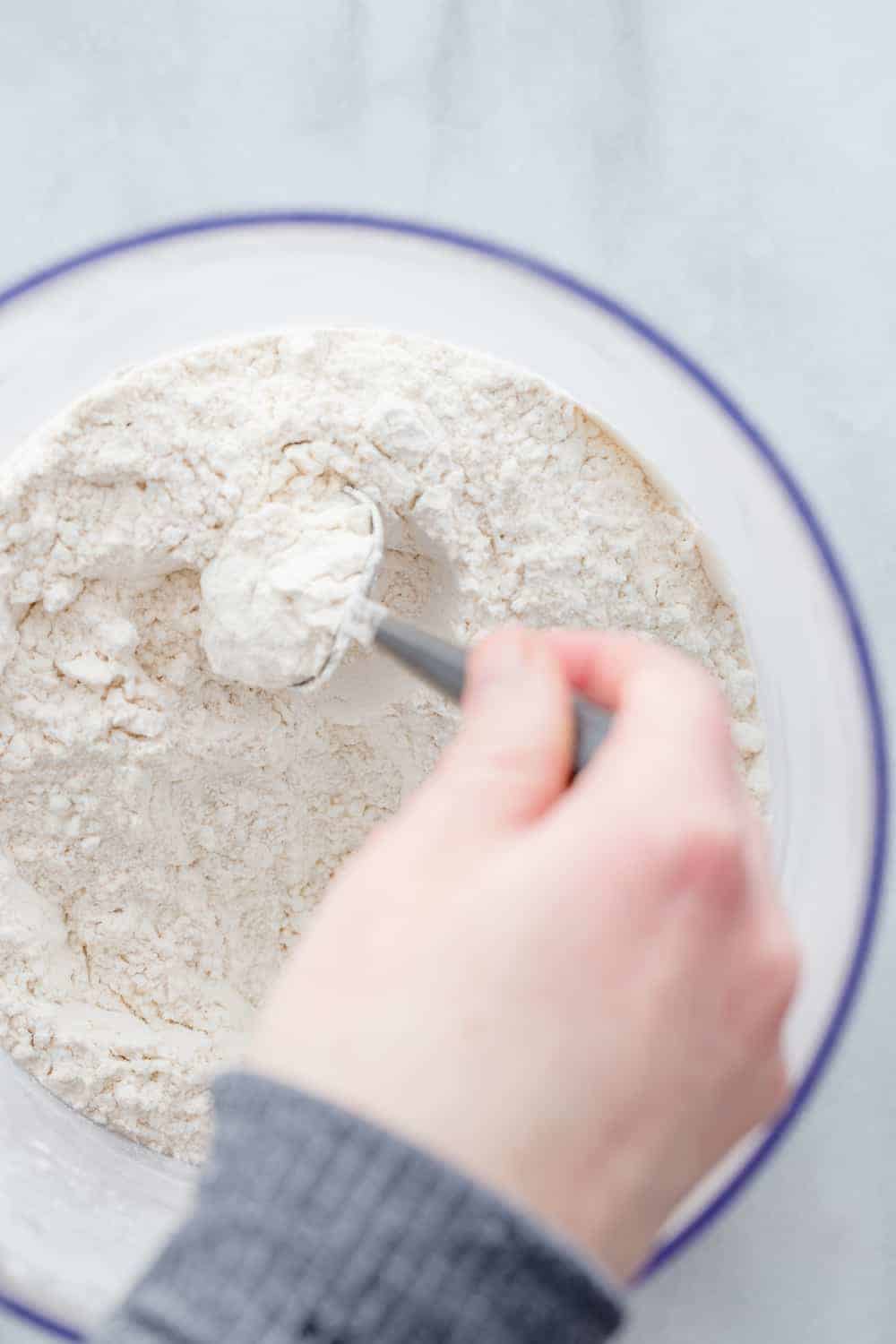
Storage tips
If you want to make a larger batch of homemade self-rising flour for later, store it in an airtight container, label and date it, and keep it with your other baking ingredients in a cool, dry place.
Because the baking powder loses some of its power after a while once exposed to the other ingredients, plan to use your self-rising flour substitute within a year of making it.
The recipe card below includes ingredients for just 1 cup of self-rising flour and for making a 4-cup batch.
Use this substitute in any recipe that calls for self-rising flour and save yourself an extra trip to the store!
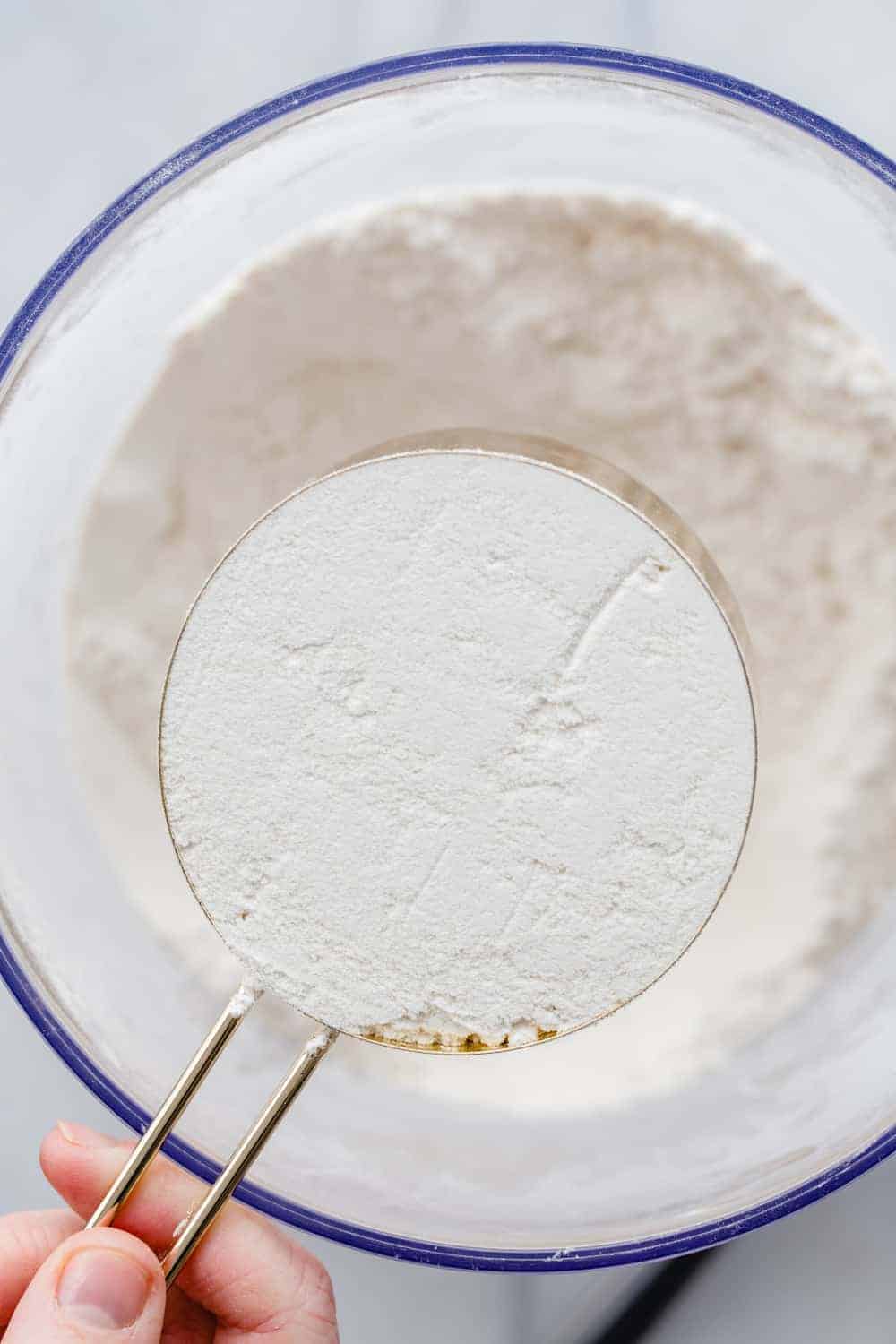
Self-Rising Flour Substitute
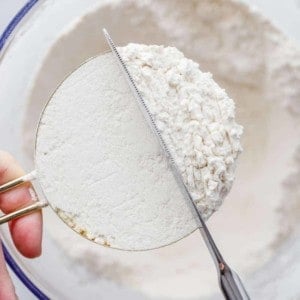
Equipment
Ingredients
For a small batch:
- 1 cup all-purpose flour
- 1 ½ teaspoons baking powder
- ¼ teaspoon salt
For a large batch:
- 4 cups all-purpose flour
- 2 tablespoons baking powder
- 1 teaspoon salt
Instructions
- Add ingredients for desired batch size to a large bowl. Whisk until combined and use as directed in the recipe in place of self-rising flour.
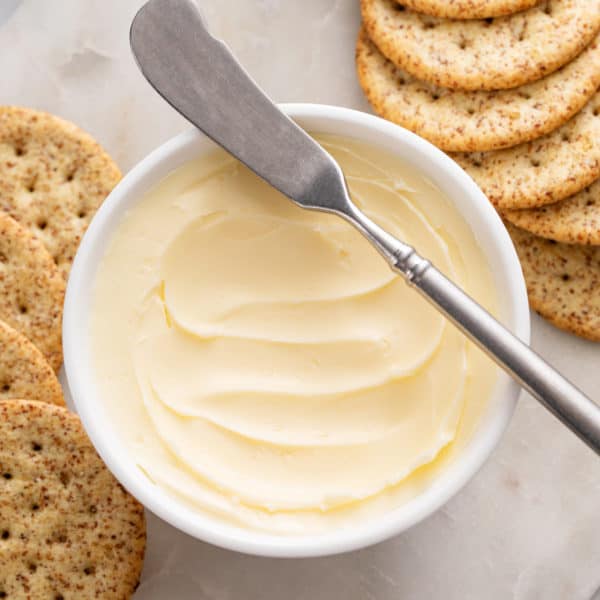
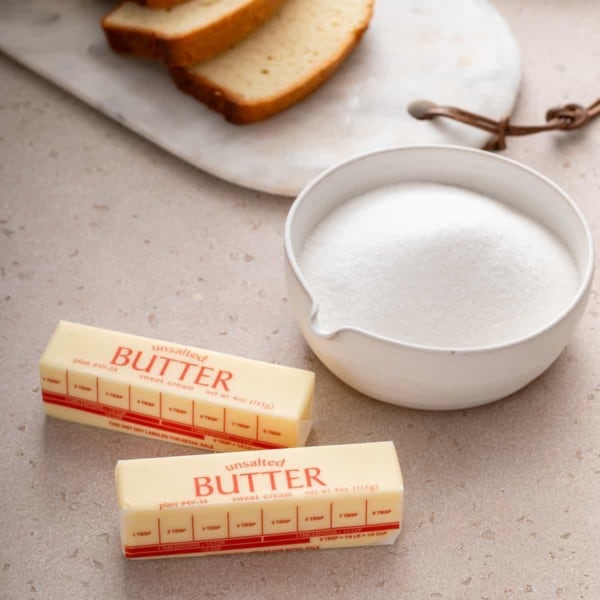
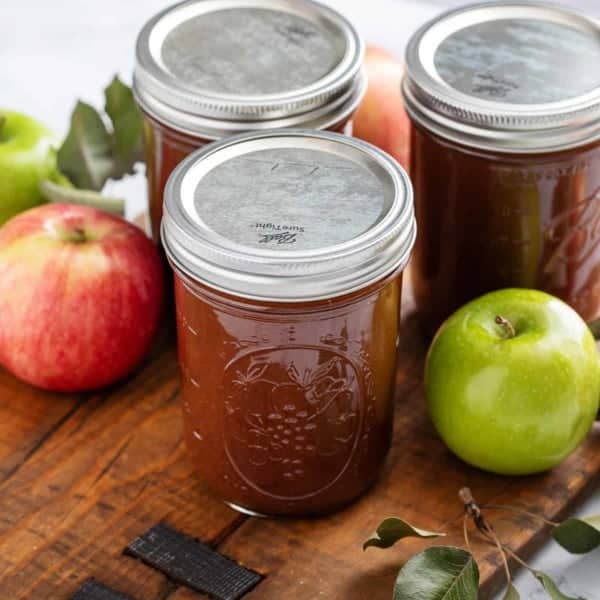
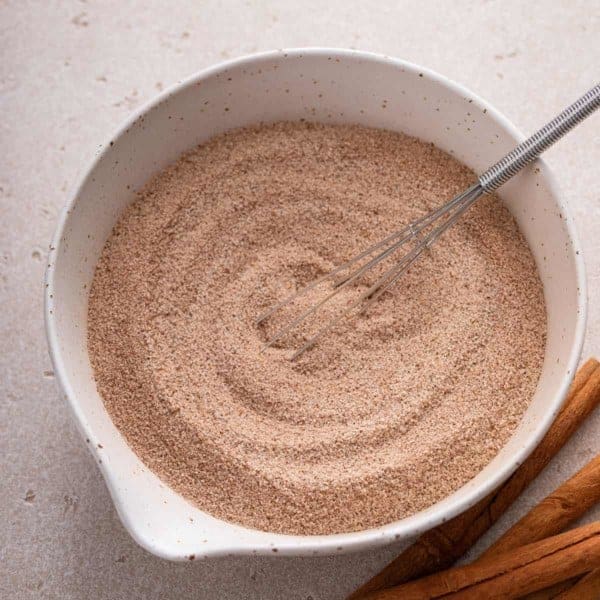









If using 3 cups of plain flour should I add 4 1/2 tsp of baking powder and 3/4 tsp of salt to make it self raising in Canada
Hi Jeanette – Yes, that would be 3x the listed ingredients. Happy baking!
Jamie
What happens when a recipe calls for tablespoon of SRF and all I have is APf?
Can I just use it ? It’s for a buttermilk coconut pie
Without seeing the recipe, I really can’t say how the pie would turn out with AP versus self-rising flour. Personally, I would just whip up a cup of SRF and then measure out what you need from that. You can store the rest in a container in your pantry. Hope this helps!
Jamie
I forgot to add, I used Great Value flour for the first time ever. I normally use Meadow Gold. Could it be GV brand flour shouldn’t be bought haha.
I have done this before but I guess I used a different recipe as this one did not work for me. I was making biscuits and the came out flat and hard. Any advice?
This article were extremely helpful especially in showing granddaughter there is work-arounds. Also, I did not know why self raising flour made my biscuits so light S opposed to all purpose flour
Thanks so much for stopping by, Barbra! I appreciate you taking the time to comment. Happy Baking!
-Jamie
Hi Jamie! So would it be even better to use cake flour for this, if I have it. Since it also has less protein and will give me those more tender baked goods?
Hello! I haven’t attempted this substitute with cake flour, so I am not sure of the result. The general consensus is that AP flour is the way to go, even with a slightly higher protein content. Cake flour is SO tender that it may not have enough protein to hold together certain recipes, but if you happen to give it a try, I’d love to know how it turned out. Thanks so much for stopping by.
-Jamie
Hi there-
Will this substitution work with Bob’s unbleached all-purpose organic flour? The ingredients list only: Organic Hard Red Wheat, as opposed to other flour brands that include ingredient items that might make the baked goods lighter. I have allergies and try to keep the ingredient list simple- yet some exciting recipes call for self-rising flour and this could be a great work around!
Thank you- Cathy
Hello! Yes, it should work just fine with that brand of unbleached organic AP flour. I use that flour often myself without any issues. Hope this helps!
Jamie
Hi, I live in Bangalore and have got self rising flour at times and loved it. Thanks for the recipe making this.
So if we use this recipe rising flour,we don’t need to add any additional baking powder or soda to our cake ?
Hello! Depending on the recipe, you may still need some additional baking powder/soda. I don’t recommend substituting self-rising flour for all-purpose flour unless you really know what you’re doing or are prepared to have a few small fails along the way. Hope this helps.
Jamie
Hi Jamie!
Thank you for this tip. I don’t usually have self-rising flour in the house, because it isn’t used that much. But then a recipe comes along that calls for it, and I don’t have it! I appreciate your advice, so that I can still make and enjoy those occasional recipes.
Thanks so much for stopping by, Larryn!
its a great trick i have used this for a long time now because my mum did this as well. Been going for many years now.